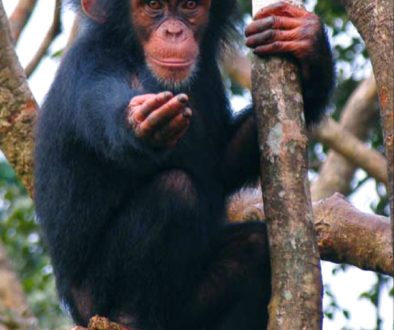Authorities warned of Bisphenol A health risk
The results of our analysis of bisphenol A using toxicogenomics techniques have been conveyed to the French and European agencies for food safety and to Canadian Health Authorities.
The results of a new scientific analysis revealing the dangers of bisphenol A (BPA) have been conveyed to the French Agency for Food Safety (AFSSA), the European Food Safety Authority (EFSA) as well as the Canadian Health Authorities. The analysis was commissioned by the group, Antidote Europe. BPA is a key component in many plastic products, ranging from plastic baby bottles to food containers and even CDs. Canada is the first country in the world to complete a risk assessment of BPA, and to initiate a public consultation on whether to completely ban polycarbonate baby bottles which contain the substance.
A close examination of BPA using an advanced scientific technique called toxicogenomics showed that normal gene activity was severely compromised. Human cell cultures exposed to BPA and its by-products caused the genes in the cells to behave as if the cells were becoming diseased. The early warning signs indicated the cells were headed for disease processes associated with cancer, hormone imbalance and Parkinson’s and Alzheimer’s diseases.
Animal tests conducted in the 1980s showed BPA to be safe in human food. Since then, however, BPA has become suspect at causing health problems, especially in unborn children, at very low concentrations. Says Dr Claude Reiss, president of Antidote Europe, “with more than 250 rat strains and 330 mouse strains to choose from, it is not surprising that the health authorities have been confused for the past 25 years and unbelievably slow to recognise the dangers to human health of BPA. That is why we used human cells in our analysis”.
Notes to editors:
A “proof of principle” as to the efficacy of toxicogenomics as a screening method has been demonstrated in a study by Antidote Europe on several test chemicals, including BPA and ingredients found in pesticides and cosmetics. The results have beenlogged in ArrayExpress in compliance with the MIAME (Minimum Information About a Microarray Experiment) database. Ref. E-TOXM-31 and A-MEXP-798.


